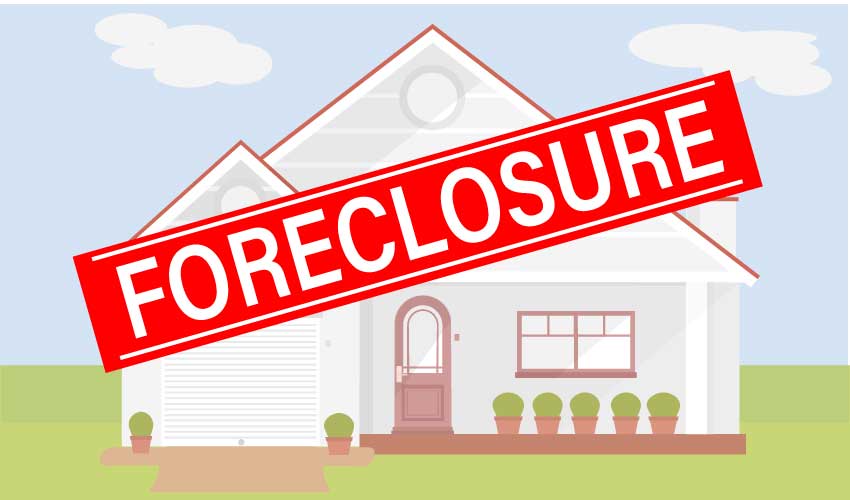Navigating the Steps of Home Foreclosure: A Guide for Real Estate Investors

Knowing the steps of home foreclosure is essential for real estate investors looking to invest in distressed properties. Foreclosures offer numerous investment opportunities, from short sales to purchasing properties at a discount through auctions. In this blog post, we will break down the foreclosure process, providing you with a comprehensive understanding of the steps involved. This information will enable you to make informed decisions and maximize your returns from real estate investments.
Delinquency and Default Notice
The home foreclosure process begins when a homeowner fails to make their mortgage payments, which leads to delinquency. After a certain period, usually 90 days, the lender sends the borrower a notice of default. This notice informs the homeowner that they have a specific timeframe, typically 30 days, to catch up on their payments and avoid legal action by the lender.
Pre-Foreclosure
Assuming the homeowner fails to cure the default within the given timeframe, the lender moves the process into the pre-foreclosure stage. During this period, the lender files a public notice called the “notice of sale” with the local county courthouse. This notice includes the property details, the defaulted debt amount, and the auction date. The pre-foreclosure phase usually lasts around 120 days, and it offers the homeowner an opportunity to release the loan obligation through a short sale, a loan modification, or paying the outstanding debt amount.
Auction
If the homeowner is unable to resolve the default, the property proceeds to an auction. The lender sets a minimum bid, usually equal to the loan balance, accrued interest, and any fees associated with the foreclosure process. In some cases, the lender might also require the winning bidder to pay off any outstanding liens against the property. Potential buyers submit bids, and the property is sold to the highest bidder in a public auction. Successful bidders are typically required to pay the winning bid amount in cash or cashier’s check, depending on the local rules.
Bank-Owned Property (Real Estate Owned)
If no one bids or meets the minimum bid during the auction, the property becomes a bank-owned property, also known as real estate owned (REO). At this stage, the lender usually attempts to sell the property through a real estate agent or an REO department. Bank-owned properties may be attractive to investors because they are often priced below market value, and the lender may offer favorable financing terms. However, potential buyers should be aware that REOs may require extensive repairs, as many distressed homeowners neglect property maintenance.
Redeeming the Property
In some jurisdictions, homeowners have a “right of redemption.” This right allows homeowners to redeem their property by repaying the full amount of the defaulted loan, including principal, interest, fees, and any other associated costs. The redemption period varies by state, and this provision gives homeowners the opportunity to regain their property even after losing it at an auction sale. Investors should familiarize themselves with the redemption laws in their target market and account for the possibility of a homeowner reclaiming the property during the redemption period.
Understanding the foreclosure process is crucial for real estate investors seeking to capitalize on investment opportunities in distressed properties. From delinquency to redemption, each stage of the home foreclosure process presents unique risks and rewards for investors. By having a comprehensive understanding of these steps, you can make informed decisions and optimize your investment strategies in this niche market. Always conduct thorough due diligence, research local laws and market conditions, and consult with a real estate professional to ensure your success in the world of foreclosure investing.





